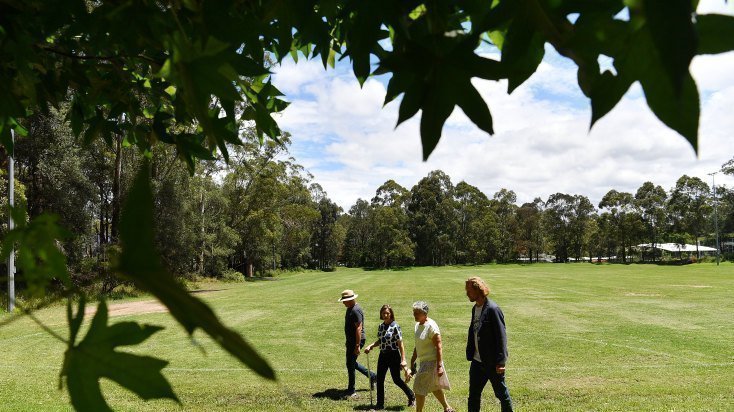Athletes who play on artificial turf are likely to be coated with higher levels of toxic PFAS “forever chemicals” than before playing on the field, new research suggests, raising more questions about the controversial material’s safety.
All artificial turf is made with what public health advocates say is dangerous levels of PFAS. When the highly mobile chemicals break off from plastic grass blades, they can be absorbed through the skin, inhaled, ingested or get in open wounds.
The results from the small study, which looked at levels on the skin of several six-year-old soccer players and their coach, are preliminary, its authors stressed. However, the findings point to what many scientists have feared – artificial turf presents a health threat, said Kyla Bennett, a study co-author with the Public Employees for Environmental Responsibility non-profit.
“In 2024, the last thing we should be doing is putting down acres of a plastic fossil fuel product … with chemicals that are going to get all over athletes’ skin, and into soil and water,” Bennett said. “It just boggles my mind that people are still considering using this stuff.”
PFAS, or per- and polyfluoroalkyl substances, are a class of about 15,000 chemicals often used to make products resist water, stain and heat. The compounds are linked to cancer, liver problems, thyroid issues, birth defects, kidney disease, decreased immunity and other serious health problems.
Artificial turf is made with several layers including plastic grass blades, plastic backing that holds the blades in place and infill that weighs down the turf to help blades stand upright. Industry has said the grass blades and backing cannot be made without PFAS.
This article was published by The Guardian on Sat 16th March 2024. CLICK here to read the full article




